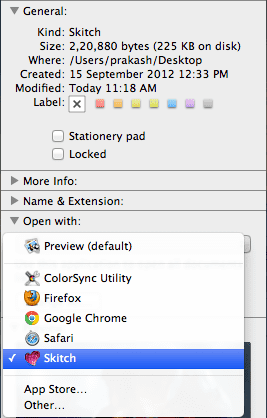
:max_bytes(150000):strip_icc()/google-chrome-install-5bc3611446e0fb00588145d4.jpg)
Horizontal and vertical density of the imageĪnalyze image features (e.g. Transparent, extract, background, or shape the alpha channelĬlip along the first path from the 8BIM profileĬlip along a named path from the 8BIM profile On, activate, off, deactivate, set, opaque, copy", Click on an option to get more details about how that option works. The magick identify command recognizes these options. You can find additional examples of using magick identify in Examples of ImageMagick Usage. Here is a special define that outputs the location of the minimum or maximum pixel of the image: magick identify -precision 5 -define identify:locate=maximum -define identify:limit=3 image.png To display the convex hull and minimum bounding box attributes of the image, use: magick identify -define identify:convex-hull=true image.png Here we display the image texture features, moments, perceptual hash, and the number of unique colors in the image: $ magick identify -verbose -features 1 -moments -unique image.png The depth and dimensions of a raw image must be specified on the command line: $ magick identify -depth 8 -size 640x480 image.raw To get the print size in inches of an image at 72 DPI, use: $ magick identify -format "% by % inches" document.png

Note, the image signature is generated from the pixel components, not the image metadata. Next, we look at the same image in greater detail: $ magick identify -verbose rose.jpgįormat: JPEG (Joint Photographic Experts Group JFIF format) Rose.jpg JPEG 70x46 70x46+0+0 8-bit sRGB 2.36KB 0.000u 0:00.000īy default, magick identify provides the following output:įilename image-format widthxheight page-widthxpage-height+x-offset+y-offset colorspace user-time elapsed-time To get started, lets identify an image in the JPEG format: $ magick identify rose.jpg We list a few examples of the magick identify command here to illustrate its usefulness and ease of use.
#INSTALL PDFINFO ON MAC HOW TO#
See Command Line Processing for advice on how to structure your magick identify command or see below for example usages of the command. Many more attributes are available with the verbose option. The information returned includes the image number, the file name, the width and height of the image, whether the image is colormapped or not, the number of colors in the image, the number of bytes in the image, the format of the image (JPEG, PNM, etc.), and finally the number of seconds it took to read and process the image. It also reports if an image is incomplete or corrupt. The magick identify program describes the format and characteristics of one or more image files.


 0 kommentar(er)
0 kommentar(er)
